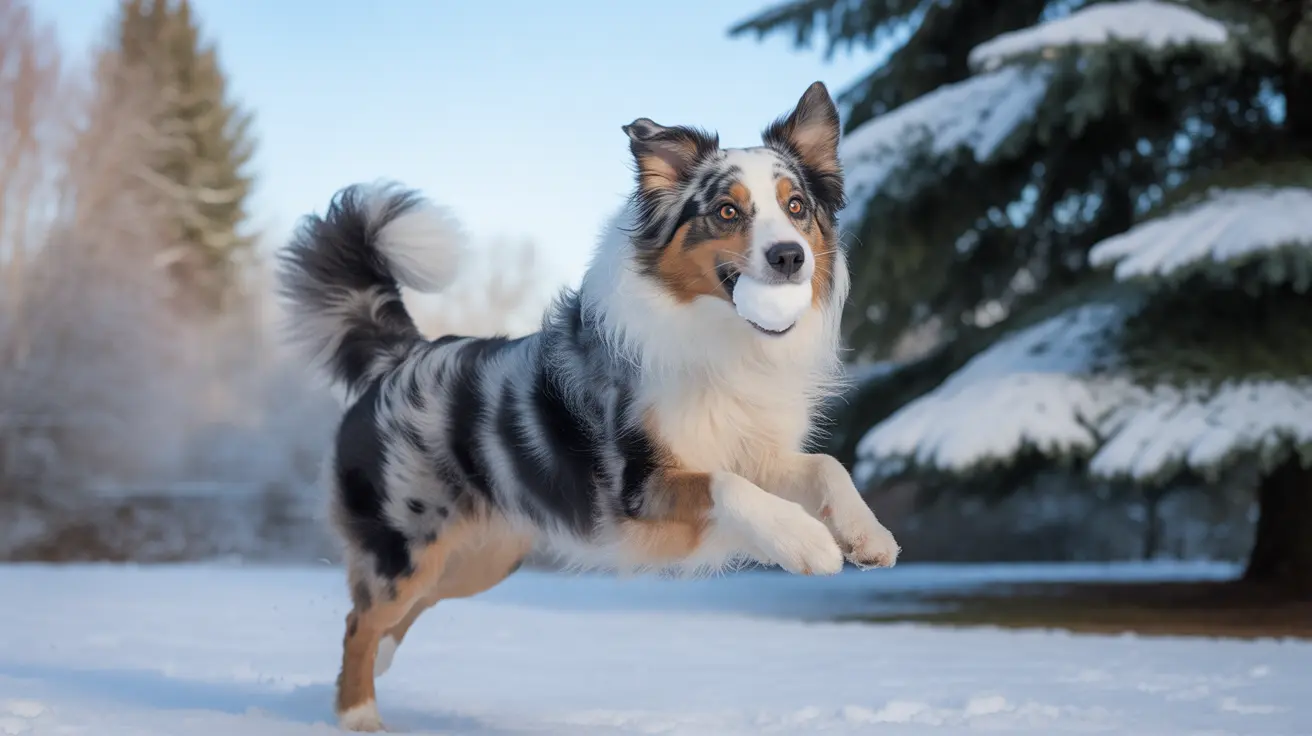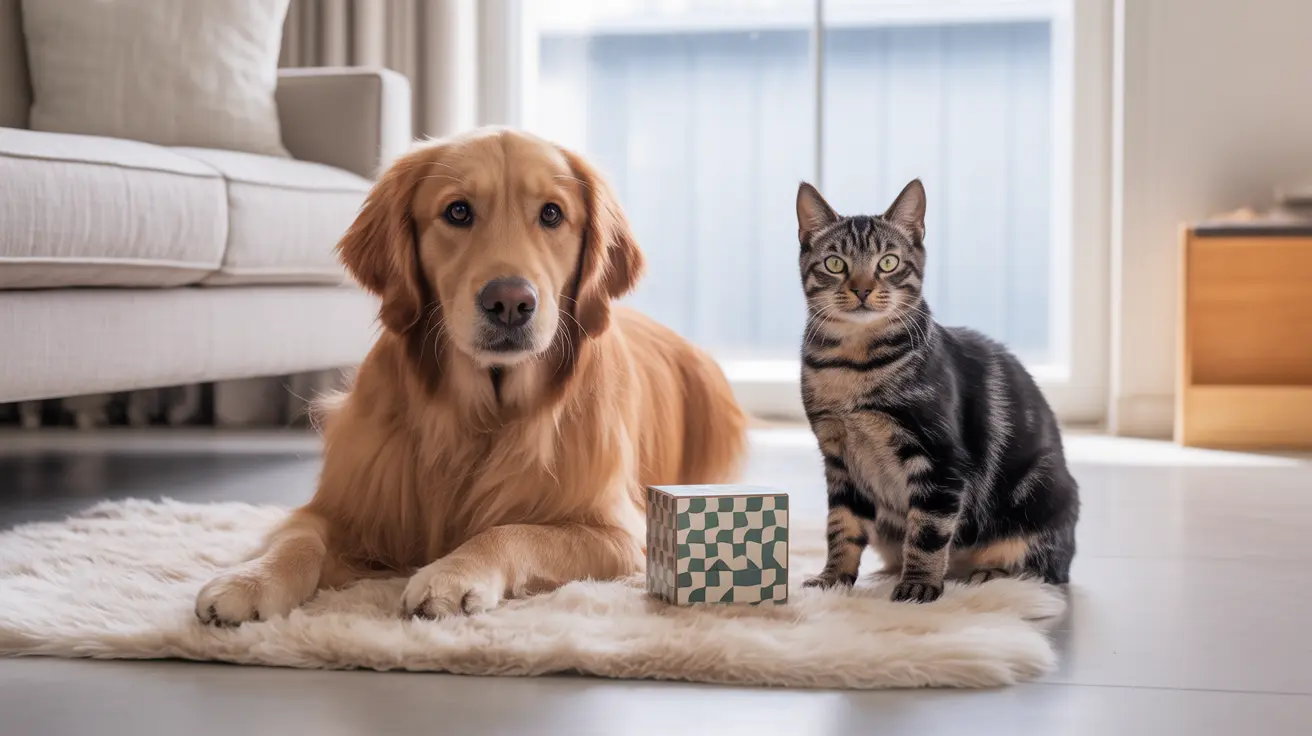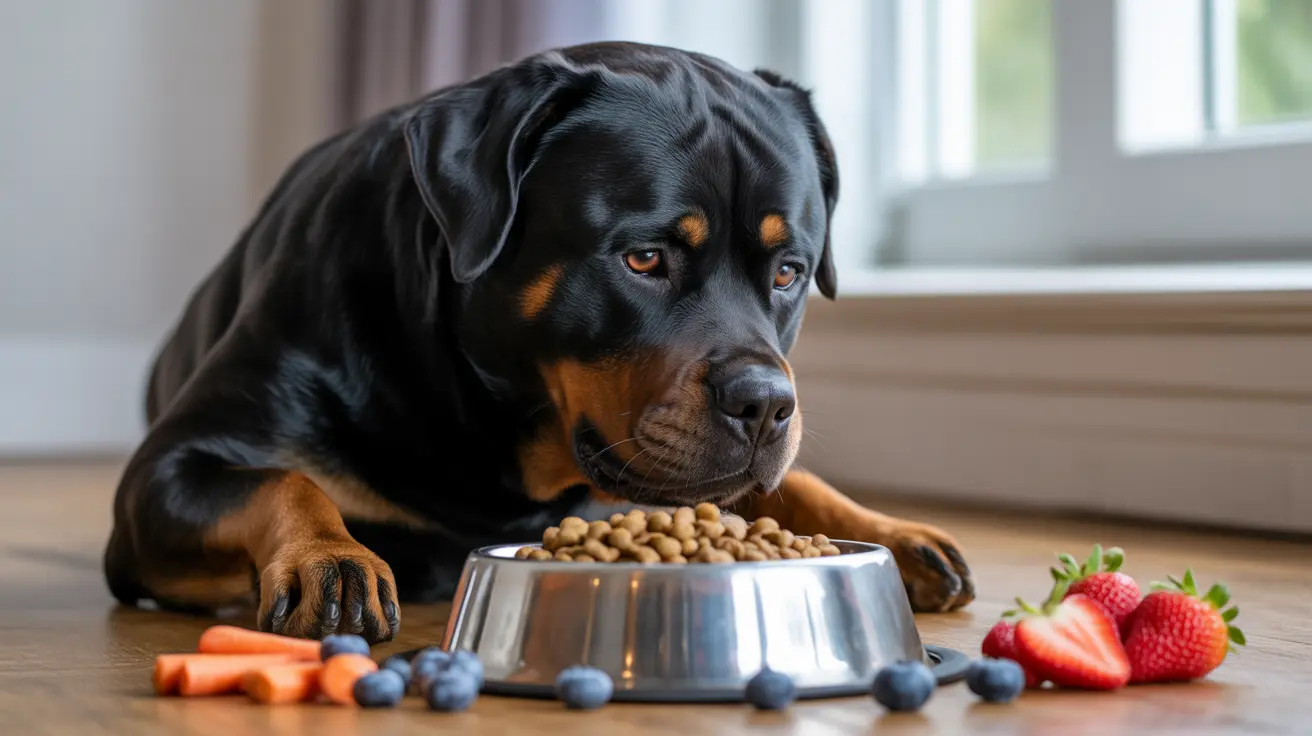Can Dogs Eat Green Beans Raw or Cooked?
Green beans are a nutrient-rich, low-calorie vegetable that can make a healthy addition to your dog's diet when served correctly. Whether raw or cooked, plain green beans can be a tasty treat—if given in the right way and amounts.
Health Benefits of Green Beans for Dogs
Green beans offer multiple benefits to dogs, including:
- Low in calories – ideal for dogs with weight issues
- High in dietary fiber – supports digestion and promotes satiety
- Rich in antioxidants and vitamins such as A, B6, C, and K
- Mineral content includes iron, potassium, calcium, magnesium, and manganese
These nutrients help enhance immune function, bone strength, wound healing, and digestive health. Green beans are also often recommended as lower-calorie alternatives to traditional dog treats, especially for overweight pets.
Raw vs. Cooked: Which Is Better?
Both raw and cooked green beans are safe for dogs, but there are important factors to keep in mind:
- Raw green beans preserve more nutrients but may be tougher to chew for some dogs.
- Cooked, steamed, or pureed green beans are easier to digest, especially for puppies or dogs with sensitive stomachs.
- Always avoid additives—no salt, butter, oil, spices, onions, or garlic.
If you opt for canned green beans, choose no-salt-added varieties or rinse thoroughly to eliminate sodium. Avoid processed versions like green bean casseroles that contain harmful ingredients.
Serving Guidelines
Introduce green beans gradually and always serve them plain. Cut them into bite-sized pieces to prevent choking hazards or gastrointestinal blockages. Recommended daily portion sizes by dog weight include:
- Extra-small dogs (2–10 lbs): 1 bean
- Small dogs (11–20 lbs): 2 beans
- Medium dogs (21–50 lbs): 3 beans
- Large dogs (51–90 lbs): 4 beans
- Extra-large dogs (91+ lbs): 5 beans
Overfeeding green beans, especially suddenly, may lead to gas, vomiting, bloating, or diarrhea. If digestive problems persist for more than 24 hours, contact your vet.
Feeding Ideas
Here are safe ways to incorporate green beans into your dog’s diet:
- Serve raw green beans as a crunchy treat
- Steam or cook and mix into regular dog food
- Freeze and offer as a cooling, crunchy snack on hot days
- Puree for easier digestion, especially for senior dogs
When to Avoid or Limit Green Beans
Although green beans are healthy, they should never replace a major portion of your dog’s main diet. The so-called 'green bean diet', where up to 50% of food is replaced with green beans, can lead to nutritional deficiencies without professional oversight.
If your dog needs to lose weight, replace only high-calorie snacks with green beans and ensure they comprise no more than 10% of the daily diet. Always consult a veterinarian before making major diet changes.
Other Safe Vegetables for Dogs
If you're looking to diversify, consider these vegetables:
- Carrots – low-calorie and high in beta-carotene
- Broccoli – antioxidant-rich in small amounts
- Celery – provides water and fiber
- Sweet potatoes – a source of fiber and complex carbs
Final Thoughts: Green beans are a smart, healthy treat for dogs when raw or cooked—just be sure they're plain, served in moderation, and part of a balanced diet.





